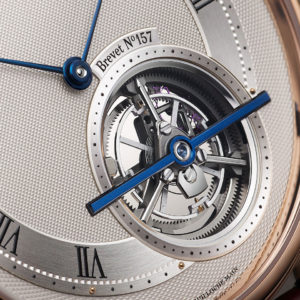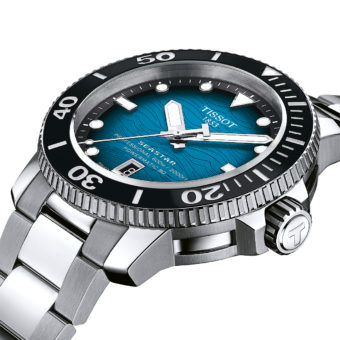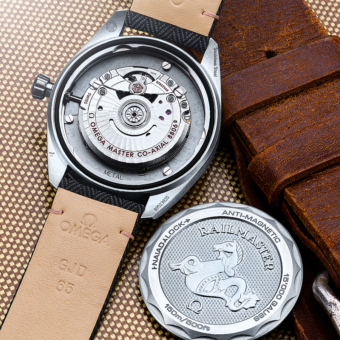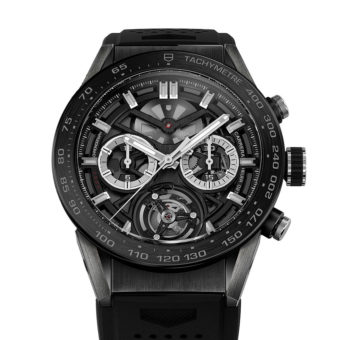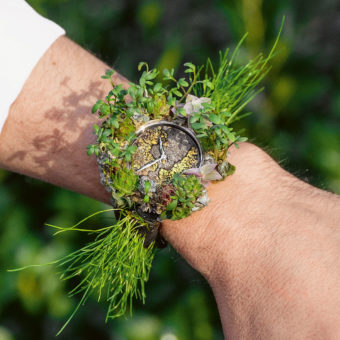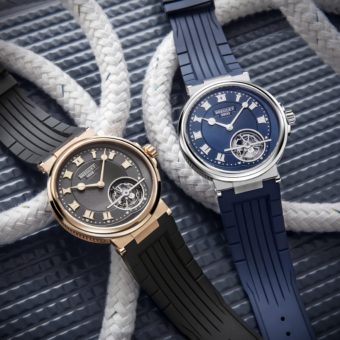In our ongoing series, My Favorite Watch, WatchTime speaks to interesting personalities in the watch industry. The interviews revolve around the subject’s favorite watch model, their experience in the industry, and other topics. Today, in the series’ final installment, we talk with Swedish journalist Britta Rossander, editor at Robb Report Sweden, Granturismo, and Watches & Jewelry at the Royal Magazine, and freelance writer for various magazines.
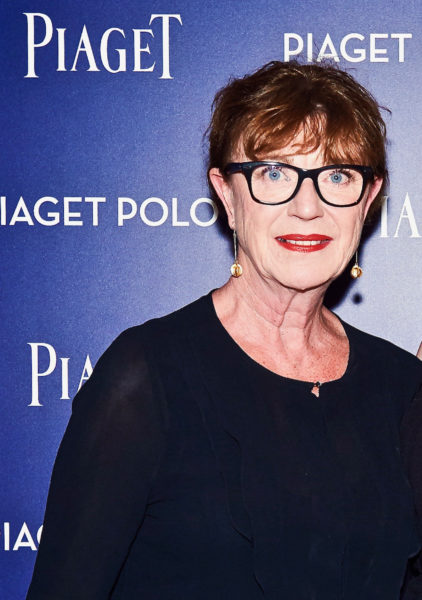
What’s your favorite watch?
If I had the money, it would be the Breguet Reine de Naples – preferably in yellow gold, with a dial in mother-of-pearl, a black satin strap, with diamonds on the bezel and a big one in the crown. I also wouldn’t mind having a moon-phase.
Why that one?
I love the story of Breguet, and I love the fact that the watch was made for a woman from the beginning and wasn’t just treated as a smaller version of a men’s watch. Also, I did know [late Swatch Group founder and Breguet CEO] Nicolas George Hayek quite well: he really opened all the doors for me as a woman in journalism back then. You know, almost no women were writing about watches 30 years ago. One day we discussed, among other things, the Nobel Prize in economics. He wanted to launch an award on his own but came to the conclusion that the Nobel Prize already was the best: “So, if you can’t beat them; join them,” he said. He complained that he had contacted the committee and proposed that he would personally and financially support the award, but the committee never replied. I used to work with the Nobel Foundation back then, and had even read the original of Alfred Nobel’s will. I asked the committee about an inquiry from a Swiss businessman. Apparently, they thought the sender must have been a bit of a lunatic.”
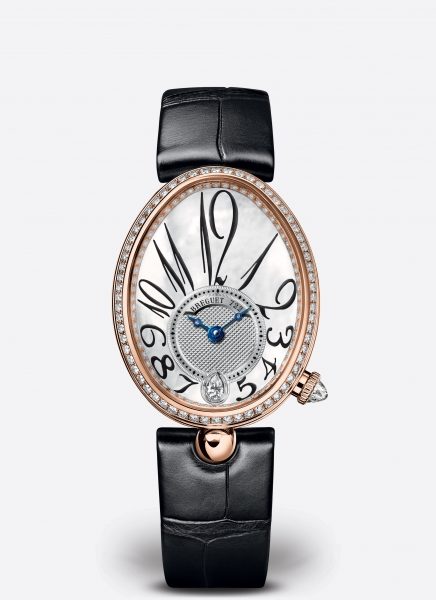
Mr. Hayek and I often discussed Breguet, and I followed his work with the Marie Antoinette watch closely. The man who initially ordered the original watch was the Swedish nobleman Axel von Fersen, who not only happened to be Marie-Antoinette’s lover, but also the man who arranged the cage to take the king and queen out of Paris, which did not work as we all know [von Fersen was killed in Stockholm later]. Every year in Basel, Mr. Hayek and I had a face-to-face talk in the Breguet booth until he sadly passed away. He used to show me all the latest versions of the Reine de Naples and always made sure to let me know that, “It’s for sale!” I think he never understood that I was and am a freelance journalist with a very limited budget.
Do you have a favorite complication and if so, which one?
I do love the moon-phase, I find it very beautiful, and of course, there are Reine de Naples with moon-phases. Also, the rattrapante has always been a favorite, as I love the way it works. I love to see the hands in working position.
In your experience, what role have women played in the watch industry?
In Sweden, women buy their own watches and they do care about the movement. We do not only get them as gifts from a man! That’s why there are many female customers. It seems the whole watch business is always lamenting about the difficulties of getting their products to a woman’s wrist – but when you go to Baselworld it screams men, men, and men again. And so many of the women’s watches are often just smaller-sized versions of men’s watches. What I do love, however, is A. Lange & Söhne’s Little Lange. It is fantastic. Once, I asked Guido Terreni, responsible for the watches and watchmaking at Bulgari, how to reach women. His reply: “You have to be a jeweler.” I think he has a point there.
A day without a watch — is that possible for you?
Yes, unfortunately, it is, as sometimes I have a problem wearing a watch while I’m writing. I am left-handed, and the watch sometimes gets in the way. But even if I do have to remove my watch, it’s placed on my desk, never far away.

